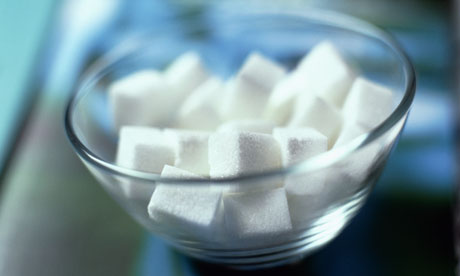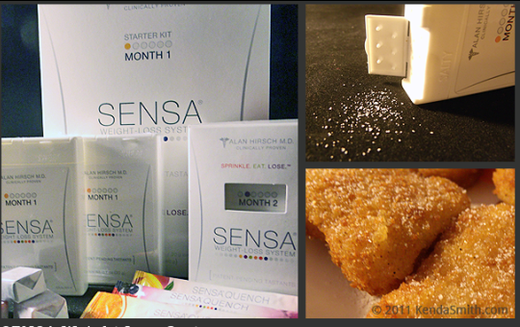OF THE
TIMES

Gluten-free diet: a new strategy for management of painful endometriosis related symptoms?
Marziali M, Venza M, Lazzaro S, Lazzaro A, Micossi C, Stolfi VM.
Pelvic pain affects 4% to 39% of women and accounts for 10-40% of all outpatient gynecologic visits. The etiology of painful endometriosis has not been fully delineated. No studies have been published concerning gluten-free diet administered to achieved relief of painful symptoms endometriosis-related. The aim of this retrospective study was to evaluate the effectiveness for the outcomes of endometriosis-related pain and quality of life of gluten-free diet in a follow-up of 12 months in patients with chronic pelvic pain endometriosis-related.
Two hundred seven patients with severe painful endometriosis-related symptoms entered the study. At enrollment, the baseline values of painful symptoms were assessed by Visual Analogue Scale (VAS) for dysmenorrhoea [painful menses], non-menstrual pelvic pain, and dyspareunia [painful sexual intercourse]. According to VAS, pain severity was scored from 0-10; 0 indicating the absence of pain, and 1-4, 5-7 and 8-10 mild, moderate and severe, respectively. A gluten-free diet was submitted to all patients and a new evaluation was performed after 12 months of diet. Student's t-test was used for statistical analysis.
At 12 month follow-up, 156 patients (75%) reported statistically significant change in painful symptoms (P<0.005), 51 patients (25%) reported not improvement of symptoms. No patients reported worsening of pain. A considerable increase of scores for all domains of physical functioning, general health perception, vitality, social functioning, and mental health was observed in all patients (P<0.005).
Conclusion: In our experience, painful symptoms of endometriosis decrease after 12 months of gluten free diet.

Comment: For more information about the correlation between 'BPA and a higher incidence of certain health concerns' read the following articles:
President's Cancer Panel Warns of Toxic Effects of BPA
Study: Human Exposure to BPA 'Grossly Underestimated'
BPA Report Details Chemical's Hazards
Human Placenta Cells Die After BPA Exposure
BPA Should Be Avoided, Federal Official Says
The Real Story Behind Bisphenol A